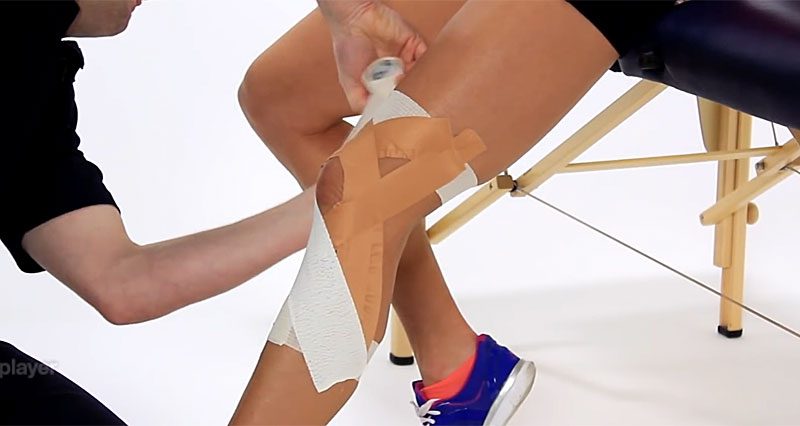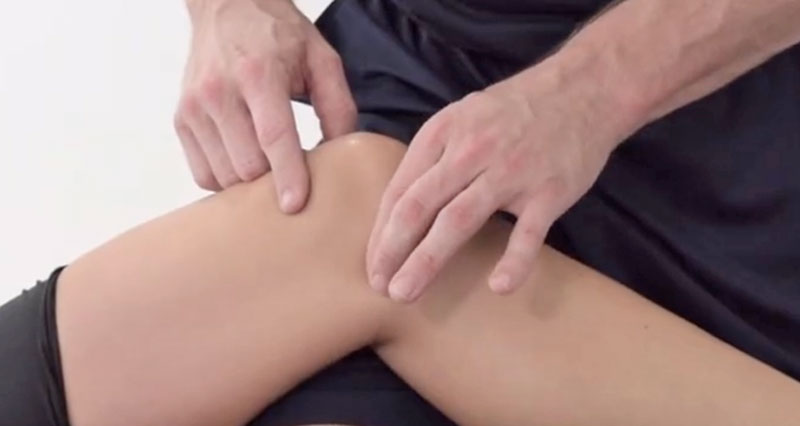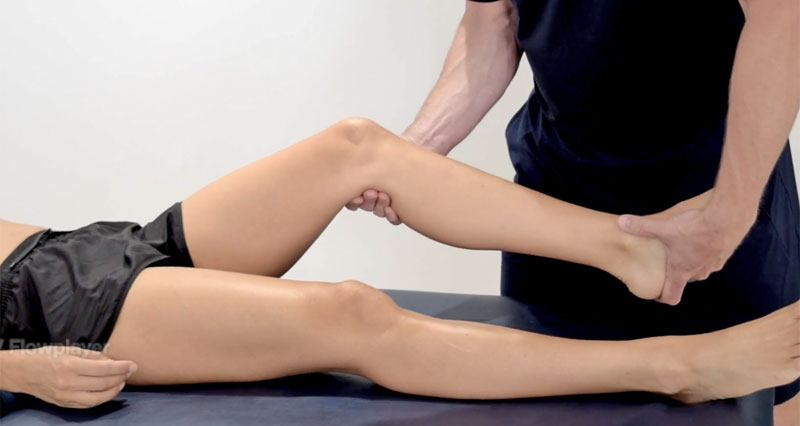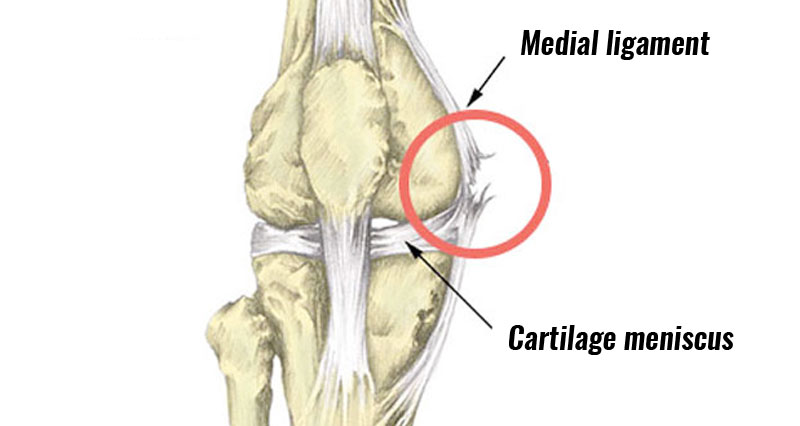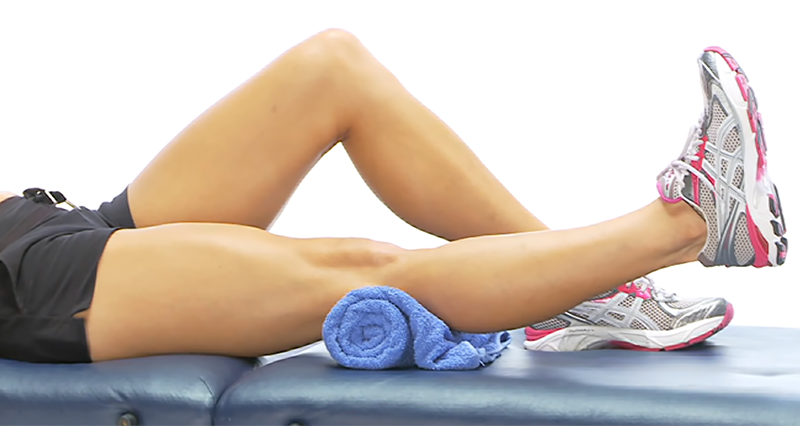MCL Sprain taping is a knee strapping technique that provides a high level of support and protection following a medial knee ligament sprain. It forms part of our full MCL sprain rehabilitation program, which takes you step-by-step from injury to full fitness.
How to tape for medial knee ligament sprains
First we demonstrate a general knee joint taping technique that is suitable for all knee ligament injuries. However, you can adapt it specifically to provide more support for medial knee ligament sprain by applying additional support strips on the inside. This further protects the medial ligament in particular.
Aim of MCL taping
The aim of taping is to protect the medial ligament on the inside of your knee. The priority with a Medial knee ligament sprain is to prevent sideways movement and therefore allow the injured ligament to heal. In effect, the tape acts as an external ligament, preventing joint movement.
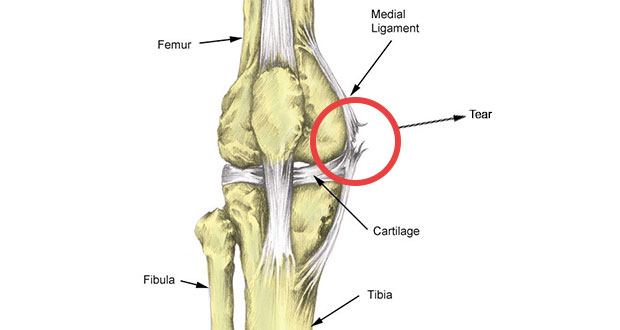
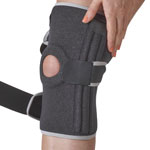
Buy Knee Braces
When should I use tape?
MCL taping can be done in the early stages as well as later on when returning to full training.
A good taping technique can provide excellent support and often more support than some of the cheaper hinged knee braces.
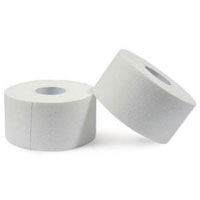
Zinc Ocide Sports Tape
However, the effectiveness of tape will reduce over time as the tape stretches slightly.
It will need to be re-applied regularly to maintain good support for the joint, particularly during competitive sports.
MCL support taping
For Medial knee ligament injury taping you should add additional support strips at the sides of the knee to prevent lateral (sideways) movement of your knee joint.
All taping techniques follow the same basic principles.
Step 1 – anchors
Place anchor strips around the lower leg and knee. Use elastic tape for anchors so it allows room to stretch as your muscles expand when exercising.
Step 2 – Support strips
Apply support strips between the anchor strips. For MCL sprains make sure you add additional support strips to both sides of your knee to prevent hyperextension.
Step 4 – Finishing strips
Apply finishing strips in the same way you did the anchor strips. These hold the support strips firmly in place.
